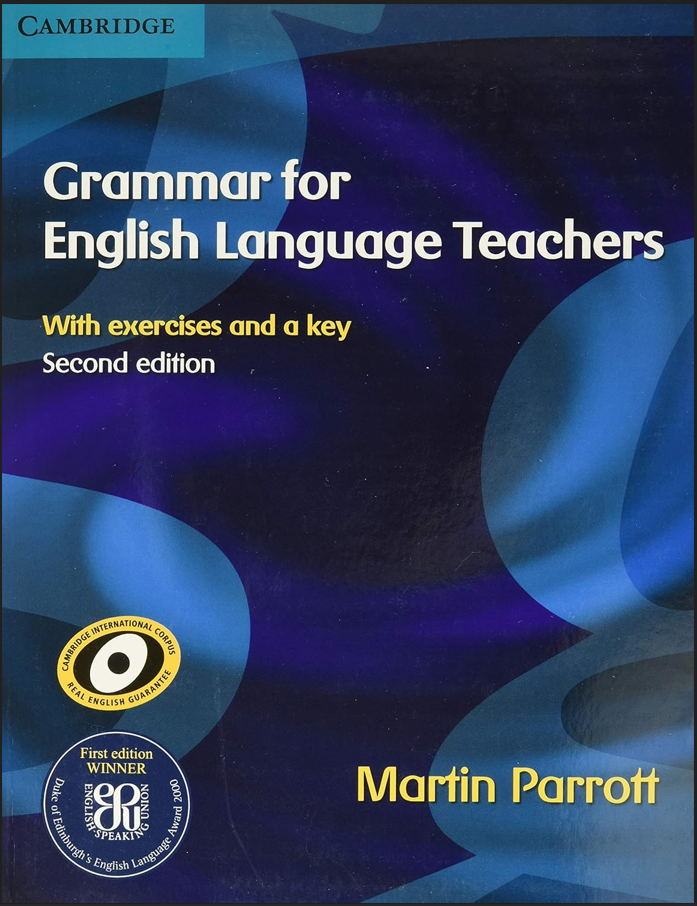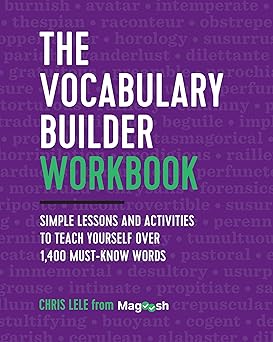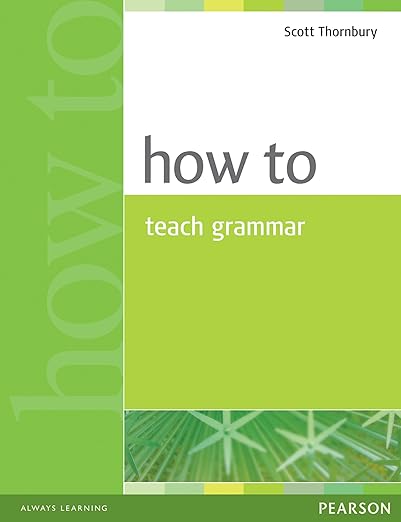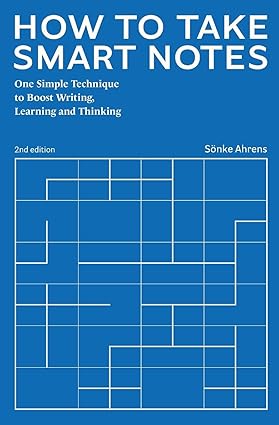Martin Parrott’s Grammar for English Language Teachers (2nd Edition) is a comprehensive and pedagogically-focused guide aimed primarily at teachers of English as a foreign or second language. Unlike many grammar references that cater to native speakers or learners, this book is structured with a deep awareness of the classroom environment, the typical questions and misunderstandings learners have, and the practical needs of teachers who must explain English grammar in accessible and meaningful ways. With its clarity, depth, and teacher-centered approach, this book has earned a place among the essential resources for both novice and experienced English language educators.
Overview and Purpose
The primary purpose of Grammar for English Language Teachers is to provide educators with a deeper understanding of English grammar from both descriptive and pedagogical perspectives. The author, Martin Parrott, draws from his experience as a teacher trainer and practicing teacher to create a resource that not only outlines grammatical rules but also anticipates the kinds of questions students are likely to ask and the difficulties they often encounter.
This second edition, updated to reflect current practices in language teaching, includes additional guidance, updated examples, and integration with the Common European Framework of Reference for Languages (CEFR). It aims to make grammar accessible without oversimplifying it, and it succeeds in balancing academic rigor with practical utility.
Strengths and Advantages
1. Teacher-Centered Focus
One of the book’s strongest features is its direct focus on the needs of teachers. Rather than simply listing rules, the book contextualizes grammar points within real teaching scenarios. For example, each chapter opens with a set of questions that students might realistically ask in class—questions that often expose ambiguities or exceptions in grammar that traditional textbooks overlook. Parrott then explains how to approach and answer these questions effectively, making the text feel like a training manual rather than a detached academic treatise.
2. Learner Difficulties and Teaching Tips
Another notable strength is the inclusion of common learner problems. Parrott doesn’t just present what is “correct”; he explores what learners typically do—the kinds of errors they make and why. This focus helps teachers anticipate confusion and respond appropriately. Each chapter contains a “Classroom issues” section, where Parrott outlines likely problem areas and offers practical teaching strategies to address them.
3. Clear Organization and Structure
The book is logically organized into four major parts: The verb, Verb complementation, Nouns, and Other areas of grammar. Within these sections, topics are broken down clearly, often starting with a practical teaching question, followed by an in-depth but accessible explanation, and concluding with a set of reflection tasks or exercises. This layout makes the book suitable not only for reference but also for self-study and teacher training programs.
4. Balance Between Description and Pedagogy
Parrott strikes an excellent balance between linguistic description and practical teaching advice. While the grammatical explanations are thorough and based on modern linguistic theory, they are not overly technical or intimidating. Instead, the emphasis is on understanding grammar as it is used in real communication and helping learners internalize those patterns.
5. CEFR Integration
The inclusion of CEFR references helps teachers align their instruction with internationally recognized standards. This is especially useful in multilingual classrooms or institutions that follow level-based curricula (e.g., A2, B1, B2, etc.).
6. Useful for Self-Study and Teacher Training
The book includes review questions and self-reflection tasks at the end of each unit, encouraging readers to think critically about grammar and its implications for teaching. This makes it ideal for teacher training courses like CELTA, DELTA, or TEFL certification programs.
Weaknesses and Limitations
Despite its many strengths, Grammar for English Language Teachers is not without its limitations.
1. Length and Density
At over 450 pages, the book can be overwhelming for casual readers or busy teachers looking for a quick reference. Some of the chapters delve into considerable detail, which, while valuable for deep understanding, might be more than some users need or want. Teachers in need of a more concise, quick-reference grammar guide might find the book overly detailed.
2. Limited Visual Aids
Compared to more learner-centered grammar books (like Raymond Murphy’s English Grammar in Use), Parrott’s text is relatively sparse in visual aids or diagrams. Teachers who benefit from visual representations or who are used to more illustrated resources might find the text-heavy layout less engaging.
3. Some Technical Terminology
Although Parrott does an admirable job of keeping the language accessible, some sections still include specialized grammatical terminology that might be unfamiliar to new teachers or those without a background in linguistics. While these terms are usually explained, the initial learning curve can be steep.
4. Not Primarily for Student Use
It’s important to note that this book is not meant for learners of English, but rather for those who teach them. Those looking for a grammar guide to hand directly to students will find this book inappropriate for that purpose. It lacks exercises designed for student practice and focuses instead on teacher understanding and pedagogy.
Why You Should Learn from This Book
If you are an English language teacher, especially one preparing for formal qualifications or looking to improve your grammatical knowledge, this book is an invaluable resource. It deepens your understanding of how English works, prepares you for the difficult questions your students will ask, and equips you with tools to make grammar lessons more effective. It bridges the gap between theory and practice, making it both intellectually rewarding and immediately applicable.
Why You Might Skip This Book
However, if you are a student of English, or a teacher who simply wants a surface-level overview without digging into the intricacies of grammar, this book may not be the best fit. Its detail-oriented approach, pedagogical focus, and lack of student exercises make it unsuitable for general grammar review or casual use.
Final Verdict
Grammar for English Language Teachers (2nd Edition) by Martin Parrott stands as one of the most well-respected grammar resources for educators in the field of English language teaching. Its thoughtful structure, emphasis on learner difficulties, and combination of linguistic precision with practical teaching advice make it a standout choice for professional development. While it may be too dense or technical for some readers, for those seriously engaged in teaching English—whether at the CELTA/DELTA level or in ongoing professional practice—it is an essential text worth both reading and returning to often.
Rating: 9/10
Recommended for: EFL/ESL teachers, teacher trainers, advanced TESOL students
Not ideal for: English learners, casual readers, quick-reference seekers
You can purchase it on Amazon if you like.




